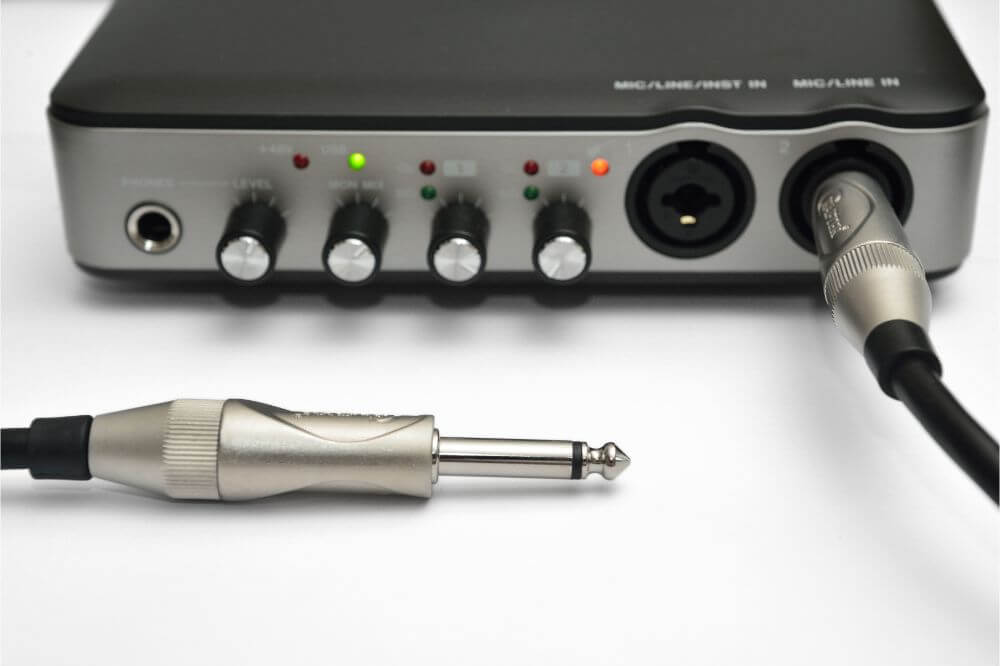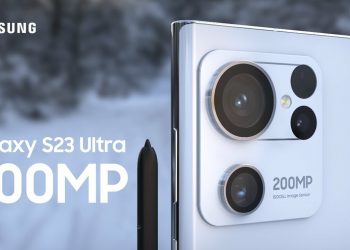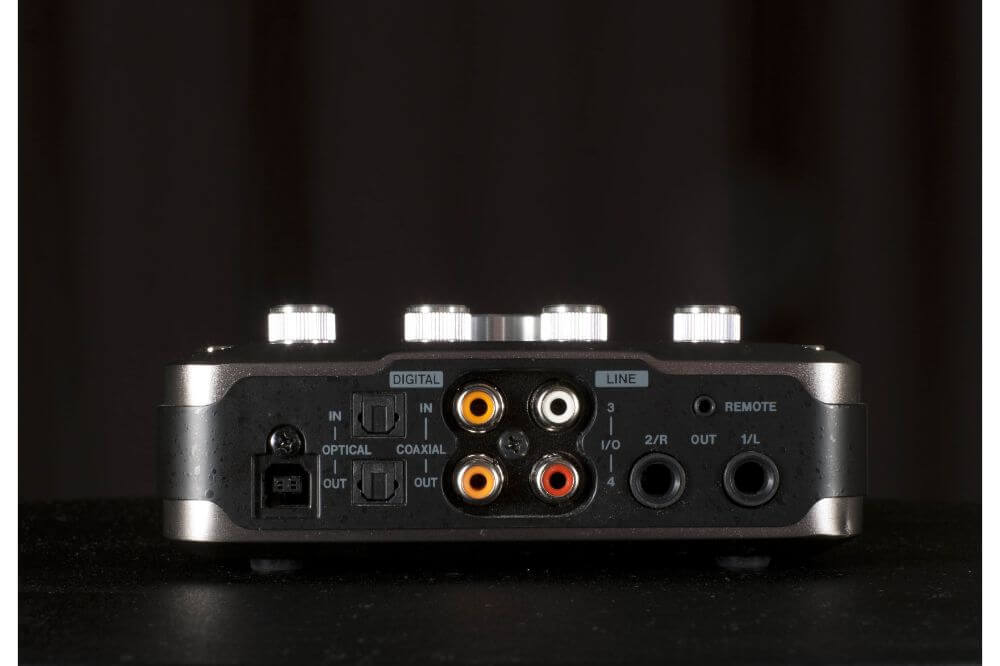Updated on September 23rd, 2021
Audio interfaces are a necessity for everyone that intends to record music through a computer. Those that are built into computers nowadays are barely sufficient for in-game sound and music reproduction and playing YouTube videos.The audio interfaces available today such as MOTU 828es, can roughly be divided into the desktop and rack-mounted categories.
The former tend to be smaller, cheaper, and with more basic options. On the other hand, their rack-mounted siblings are bigger, heavier, and tend to be more versatile in terms of offered channels and onboard controls.
Let’s take a look at what the mighty MOTU 828es can offer recording musicians.
MOTU 828es
The MOTU 828es is by no means an affordable audio interface. It is a rack-mounted device with USB 2.0, Thunderbolt, and AVB connection options. It belongs in the professional class and delivers a professional recording quality.
However, it is an intermediate model in MOTU’s Thunderbolt/USB/AVB class. Flagship models cost even 50% more than the 828es. The 828es is a recent addition to the series’ roster and offers a good compromise between the price and the performance quality that MOTU interfaces are famous for.
The 828es is a relatively recent model. It is the direct successor of the popular 828 Mk. III and features a more intuitive control software, improved processor, and a bit gentler learning curve.
Click Here for Pricing, Pictures and Reviews on Amazon.com
Who is this product for?
Similar to the rest of the Thunderbolt/USB/ABV class, the 828es is primarily made with recording professionals and semi-professionals in mind. It is a versatile device with a lot of input and output channels and comprehensive onboard controls, thus offering a great level of freedom.
On the flipside, it would not be the best choice for an inexperienced musician who’s making a bedroom recording studio. The 828es might be too complicated, so beginners are advised to start with a simpler device. A 2x2 or 4x4 device would be a great choice.
You should also have in mind that this device needs a powerful rig to work well. It wouldn’t be recommendable to pair it with a weak computer.
What’s included?
The MOTU 828es doesn’t come with any fancy hardware add-ons or extras. However, it is packaged with some great software. The list includes USB 2.0 and Thunderbolt protocol drivers, since this is not a plug and play device.
The bundle also includes MOTU’s proprietary Discovery iOS app which you can download from the App Store, MOTU’s proprietary Pro Audio Control online app, MOTU Audio Tools which contains phase analyzer, X-Y plot, oscilloscope, and FFT, and separate AudioDesk apps for both Windows and Mac computers.
Overview of features
The 828es has a total of 60 channels that you can use in parallel. There are 28 inputs and 32 outputs. The configuration looks something like this: there are 8 balanced 1/4” instrument TRS inputs and outputs, two inputs for mics and guitars (they come with preamps), two XLR outs, two headphones outs, 16 ADAT optical ins and 16 outs, and two RCA S/PDIF input channels and output channels.
This model is the first of MOTU’s big audio interfaces to have two preamps in the front. The models made thus far had preamps in the back. It also boasts universal connectivity with the included Thunderbolt, USB 2.0, and AVB ports.
The front panel is also equipped with control room buttons. These include A and B speaker selectors (these allow you to check mixes on two sets of monitors), mute, talk, mono, and Net ID buttons.
The 828es comes with the classic reverb and compression similar to the LA-2A compressor. The EQ takes after its British analog console counterpart. The DSP engine has huge headroom and delivers exceptional quality.
You can also control this interface from a smartphone, tablet, or laptop using Wi-Fi. This works on Linux, Android, iOS, Windows, and Mac systems. Finally, the AVB/TSN switch allows you to connect and use up to five MOTU interfaces in parallel.
How to get the most out of it
Probably the best way to get the most out of this mighty interface is to pair it with professional-level recording studio equipment. That being said, you probably won’t be able to see its maximum in makeshift home recording studio with a run of the mill computer.
Here are the pros and cons of the MOTU 828es.
Pros
- Exceptional versatility
- 60 channels
- 192kHz maximum recording resolution
- Wireless control
- Onboard effects and DSP mixing
- Control room features
Cons
- Too complex for beginners
- Might be expensive for some
Alternatives
If you’re a beginner, you’ll be best off with a simple 2x2 unit. If you’re just starting out, the Steinberg UR12 is a great choice. This little USB interface can record in 24-bit depth and 192kHz resolution. It has two input channels (XLR and 1/4”), two output channels, and only basic onboard controls.
If, on the other hand, you want something you can use both on stage and in your home studio, you might want to take a look at the IK Multimedia iRig Stomp I/O. This is a guitar processor/audio interface hybrid. The interface side has mic and instrument ins and outs, onboard phantom power, 24-bit recording depth, and a maximum resolution of 96kHz.
The processor side is equipped with neat software developed by IK Multimedia. The package includes iOS and PC/Mac software bundles.
Conclusion
A quality music recording studio should be equipped with a powerful and versatile audio interface. The MOTU 828es is there for all music recording enthusiasts and professionals who are putting together or upgrading their studios. It offers an excellent ratio of performance quality and price.
More to read:
Roland Studio-Capture Review 2021
We hope you love our reviews! For your information, we do earn money from commission in the link in the content! For more information click here!















